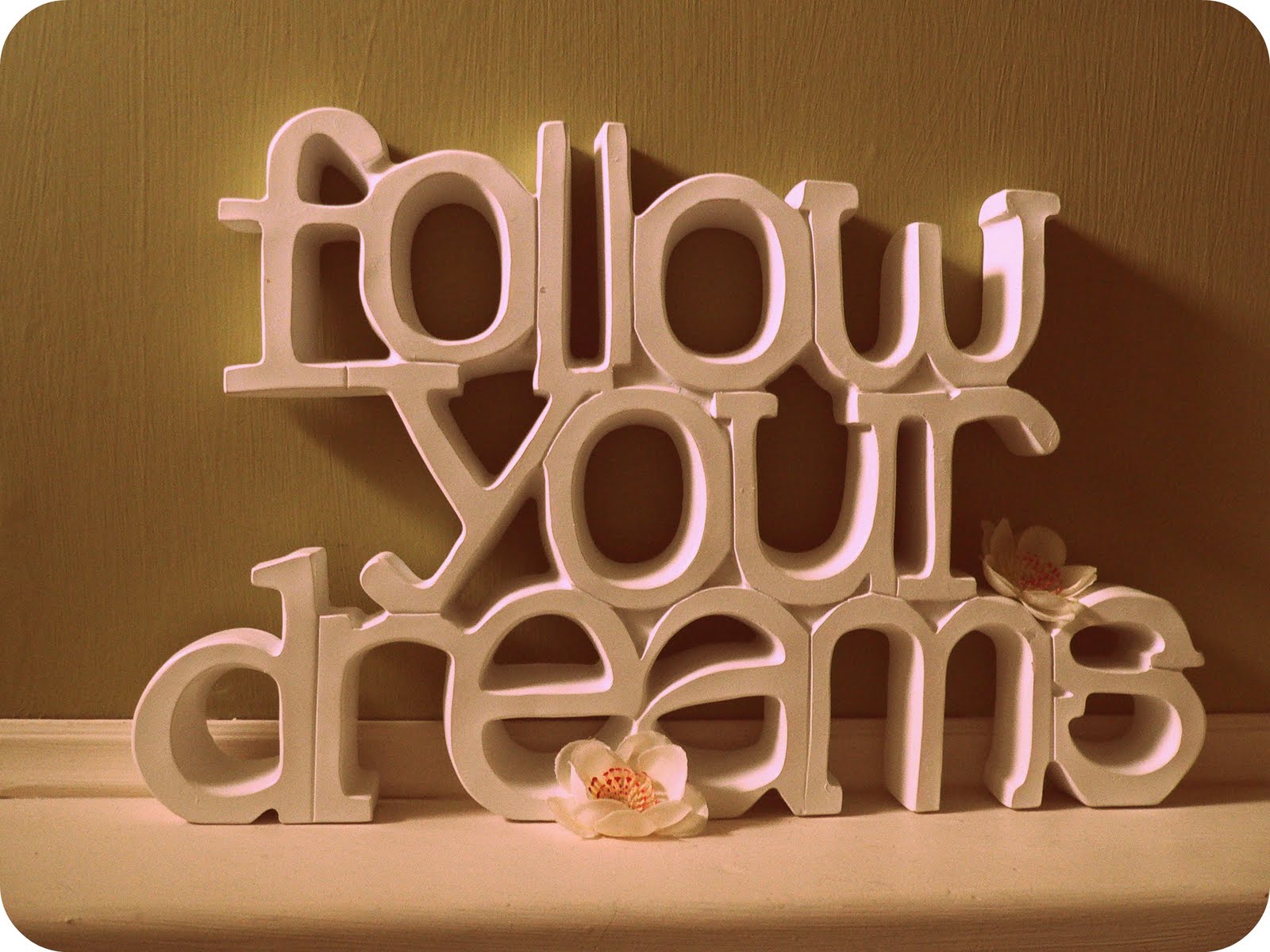When you think about brilliant makeup formulations that help us achieve nearly any look imaginable, it’s hard not to think first of lash enhancers. Mascaras and falsies are the ultimate beauty product—letting us get eye-opening fringe and transforming our entire face in minutes. And with the introduction of eyelash fibers in the past decade, we have even more options for getting lush, full lashes. But don’t put away your falsies just yet! Fibers and falsies each serve a different purpose, and each comes with its own set of pros and cons. Don’t bat an eye before reading on.
The Good
One, they look killer. Ever notice how mascara commercials always tout new formulas that can give you the “fake eyelash look?” That’s because there’s nothing that can beat the fuller, longer, thicker results you get using falsies. (In fact, as much as cosmetic companies deny it, those models you see in the mascara commercials are probably wearing them, too.)Two, faux eyelashes are easy to apply once you get the hang of it. Many brands come with self-adhesive already built into the strip, which lets you press and forget. Plus, they’re affordable and reusable, with a variety of options that let you change up your look as often as you change your makeup. Choose individual lashes for a more natural look or choose colored falsies that make your eyes pop.
The Bad
Two words: eyelash glue. It’s messy, of course. And if you have sensitive eyes, adhesives could cause an adverse reaction or infection, which is why you should always test a dot of the glue near your eyebrow before applying falsies. Another downfall is that, while fake lashes look super dramatic, they can also look conspicuously fake, especially if one happens to fall out of place. Of course, big and proudly false could be the look you’re going for! Note: always remove lashes carefully, loosening the adhesive before pulling off, to help avoid pulling out some of your real hairs.How to apply
To sum it up, first measure the length of each fake lash and cut to fit your eye shape. Then take each edge and bend to form a C—this will help make the lashes more flexible to conform to your lash line. If there’s no self-adhesive built in, add a very line thin line of glue with a toothpick. Wait 10 seconds and then apply the strip to the base of your lash line, directly over your own lashes. Apply mascara to set.The Good
Extending lash fibers are the next best thing to naturally long and voluminous lashes. Not only do they look natural, but they’re easier to apply than faux lashes—and they don’t threaten to fall into your soup at dinner. Fibers, like mascara, come in a tube with a wand that allows you to apply them directly to your lashes. The synthetic fibers attach to lash tips, elongating your natural hairs and bulking up the spaces in between for volume.Unlike salons that offer professional eyelash extensions which can be expensive and time-consuming, this temporary method lets you apply and wash off every day (see below). Plus, with more and more brands catching on to the trend, you can find affordable options; some drugstore versions go for less than $10, while prestige brands are about $20 and up.

No comments:
Post a Comment